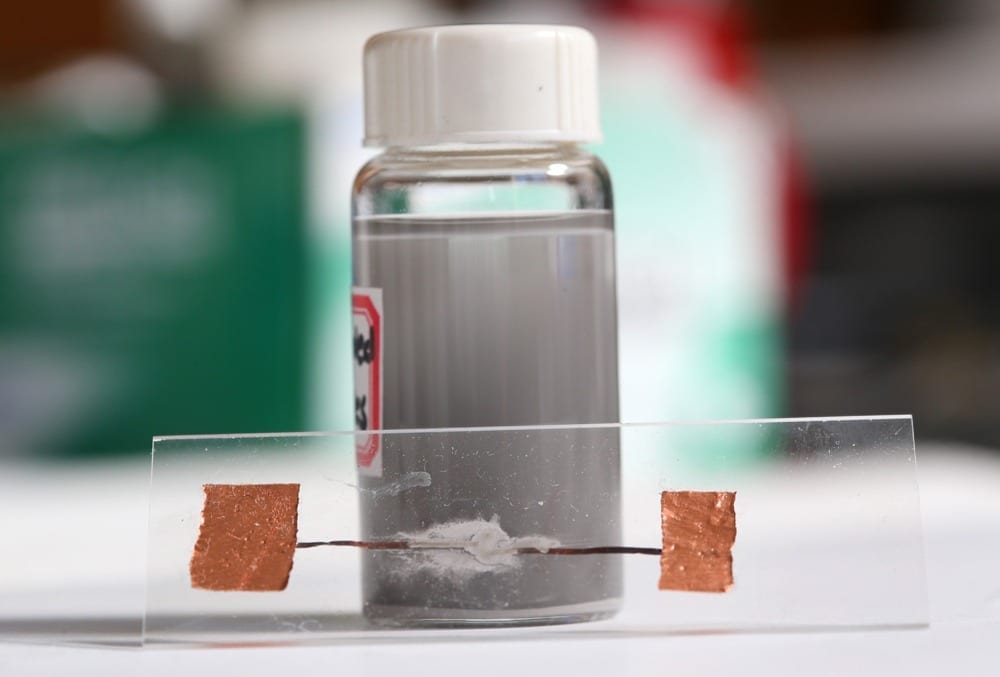
- Image via Wikipedia
To avoid Armageddon, we may have to invoke Armageddon. You know, the Bruce Willis version.
That’s the opinion of David Dearborn, anyway, who says we may need to tap our nuclear arsenal if a life-threatening asteroid suddenly comes into view. Dearborn, a research physicist at Lawrence Livermore National Laboratory, laid out the nuclear case in a talk here Tuesday at the semiannual meeting of the American Astronomical Society.
Dearborn’s research on nuking asteroids is a fairly natural outgrowth of his other work, which has involved weapons development and testing, as well as three-dimensional modeling of astrophysical processes. He has run numerical simulations of how a nuclear detonation either near or on the surface of a threatening near-Earth object could divert or fragment it, and has found that with a little bit of lead time the weapons could do the job rather well.
Unlike the asteroids themselves, whose makeup and physical properties are not always well understood, nukes have been well characterized through testing. “We know what the nuclear part is going to do,” Dearborn said. Gentler diversion schemes such as tugging the object onto a safer path tend to run into problems, he argued, because asteroids are such a diverse class of objects, and some might not hold together if grabbed in some way. “What’s their structure? Rock or rubble?” Dearborn asked rhetorically. “The answer is yes.”
A directed-energy weapon could do the job, Dearborn said, but not in the state that the technology is in today. A laser such as that at the National Ignition Facility, a nuclear fusion experiment at Lawrence Livermore, could adjust a typical asteroid’s course enough to avoid a collision—changing its velocity by about one centimeter per second—but doing so would take about 6,000 years. “I’m not saying that our children’s children won’t know a lot more than we do, and I certainly hope that they do,” Dearborn said, but laser technology isn’t up to the job just yet. A non-nuclear blast—or a simple ramming mission—could also work, but those approaches would require numerous launches to match the power of a single nuclear device.
Related articles by Zemanta
- Approaching space object ‘artificial, not asteroid’ says NASA (go.theregister.com)
- Unidentified Object That Buzzed Earth is Space Junk, Not Asteroid, NASA Says (space.com)
- Asteroids Can Re-Form As Soon as 2 Hours After Being Nuked, Still Take Earth Out [Space] (gizmodo.com)
- Armageddon delayed by at least a century… this time (blogs.discovermagazine.com)








![Reblog this post [with Zemanta]](http://img.zemanta.com/reblog_b.png?x-id=fd1af0fb-8e4a-46af-893a-03179a48b014)
